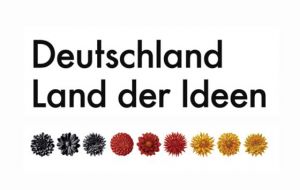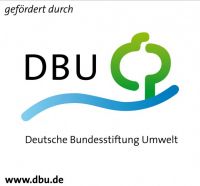Events
INSS2010 – International Conference on Networked Sensing Systems in Kassel
Currently sensors are only used for one specific task, for example light sensitive CCD chips, GPS, or temperature sensors. According to experts, however, networked sensing systems will take over complex tasks and will hence be found in homes, on the road, in industry or hospitals in the future. Medical technology, industrial production, power generation, environmental monitoring or traffic management systems are only examples of the vast field of possible applications with such networked sensing systems. The networking of sensors is what creates the additional benefit in the end. Sensor networks consist of a magnitude of microscopic units, which collect information and exchange it in example via wireless networks. Due to the enormous complexity of the data obtained experts in sensor technology have to be in close communication with researchers from the field of informatics to complete the task of creating completely new algorithms to quickly evaluate all data collected by the networked sensing systems.
In future such sensor networks will improve the safety, health and the quality of life or help to optimize the energy consumption in intelligent buildings. Networked sensor systems are meant by the MIT as one of the ten most promising technologies that will change the world.
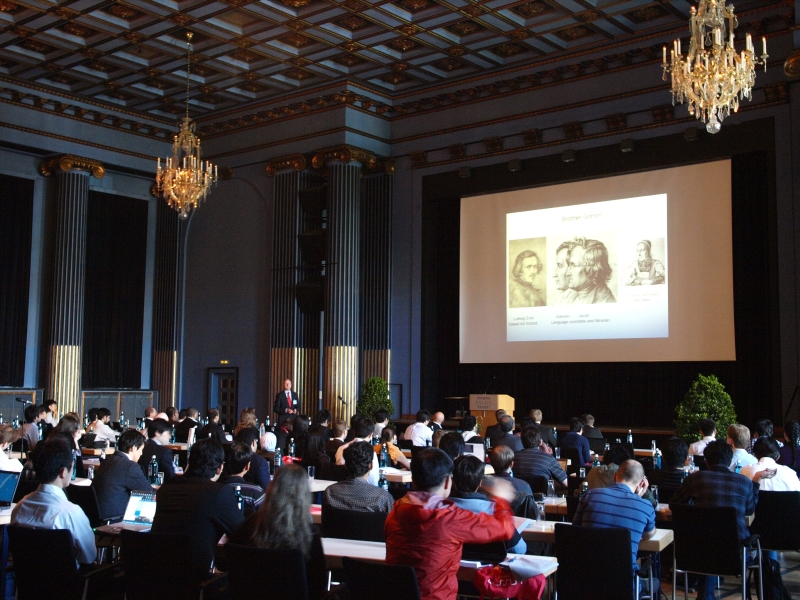
One promising application of networked sensing systems are Smart Personal Environments.
Furthermore, health control is an important application field. In some years it is possible to place sensitive sensors in watches or other mobile everyday objects. There they can check continuously essential body functions and e.g. alert the carrying person at low blood sugar level. In another situation the mobile networked sensor can warn, if the person enters a room with harmful substances: humans, society and environment take the centre stage.
The 7th International Conference on Networked Sensing Systems (INSS2010) gave more than 150 experts of the research and industry sector the opportunity for communication and presentation of novel developments and important innovations in the topic of networked sensing systems. The cooperation between industry and academic branch was supported sustainably and organized effectively. The conference chair Prof. Dr. Hartmut Hillmer from the Institute of Nanostructure Technologies and Analytics (INA) of the University of Kassel invited to two workshops and to the main conference with more than 80 strict reviewed presentations from all over the world in the Congress Palais – Kassel at June 15th to 18th, 2010. The INSS2010 presented Prof. Dr. Stefan Hell (Max Planck Institute, University of Göttingen, Germany), Prof. Dr. Makoto Ishida (Toyohasi University of Technology, Japan), Dr. Harald Vogt (SAP Research, Germany) and Prof. Dr. Joseph Talghader (University of Minnesota, Minneapolis, USA) as invited talks. Furthermore the participant attained cultural knowledge at the conference tour with the locatios: Europe’s greatest mountain park Wilhelmshöhe, the museum of art in the Palace Wilhelmshöhe and the visit of historical furnished palace building Weissensteinflügel.
All in all the INSS 2010 continued sustainably the series of the last INSS conferences in Kanazawa (Japan, 2008) and Pittsburg (USA, 2009).
Detailed information about INSS2010 you can find on http://www.inss-conf.org
365 Landmarks in the Land of Ideas – Microsystem technology from Kassel wins award „Landmark in the Land of Ideas 2009“
An idea from Kassel wins the contest “365 Landmarks in the Land of Ideas” run by the nation-branding initiative “Germany – Land of Ideas” partnered with Deutsche Bank, under the patronage of Federal President Horst Köhler. At the Institute of Nanostructure Technologies and Analytics INA, scientists are working at a concept to equip windows with millions of micromirror elements for light steering and heat regulation purposes. These micromirrors, for the human eye not detectable anymore as single mirrors, are placed inside a double glazing window. Sensors and a steering unit for moving the mirrors complete the system.
Applying an electrical voltage to the micromirrors, parts of the incoming light may be steered. Herewith, dark areas of the room can be lightened without using artificial illumination. Combined with intelligent sensors, such a system offers enormous flexibility and new photometric scopes for design.
This micromirror system creates not only more comfort due to more efficient and pleasant illumination of the room, but also saves energy. If anybody is in the room, the mirrors are closed; heat is deflected and, season dependent, need for air-conditioning or heating is reduced. As the relation to the outside is still given, viewers are only aware of an adjustable shading, which even enables its use in historic buildings as their appearance will not be changed.
Micromirrors are the future of facade techniques. They cast a positive light on every room. This inspired a panel of 18 judges to pick the INA from more than 2000 applications and nominate it on February 16, 2009 as one of 365 landmarks in the land of ideas 2009.
Aim of the contests, still existing since 2006, is to present Germany as high performance, innovation-driven country.
This micromirror system creates not only more comfort due to more efficient and pleasant illumination of the room, but also saves energy. If anybody is in the room, the mirrors are closed; heat is deflected and, season dependent, need for air-conditioning or heating is reduced. As the relation to the outside is still given, viewers are only aware of an adjustable shading, which even enables its use in historic buildings as their appearance will not be changed.
Micromirrors are the future of facade techniques. They cast a positive light on every room. This inspired a panel of 18 judges to pick the INA from more than 2000 applications and nominate it on February 16, 2009 as one of 365 landmarks in the land of ideas 2009.
Aim of the contests, still existing since 2006, is to present Germany as high performance, innovation-driven country.
To celebrate the award giving ceremony we arranged an “Open window Day” on February 16, 2009 at the INA Kassel. Starting with an opening speech of the universities vice president Prof. Dr. Alexander Roßnagel there were talks from Prof. Dr. Hartmut Hillmer concerning “Nanotechnologies in optics – basics, assembly technologies, applications and future potential” and Mister Andreas Jäckel concerning “Introducing the idea: electrostatic actuated micro mirrors for daylight guidance”.
Following the award was given by Misses Carola Hauck, representative of the campaign “Germany – Land of Ideas” und Misses Stephanie Busche, representative of the cooparation partner “Deutsche Bank”. The official part ended with a press conference and a guidance along the clean room area of the INA.
We are very delighted about being elected as a landmark in the land of ideas and want to thank all participants and organizers.
-> Further Information about our micromirror project
10th Anniversary of INA Institute
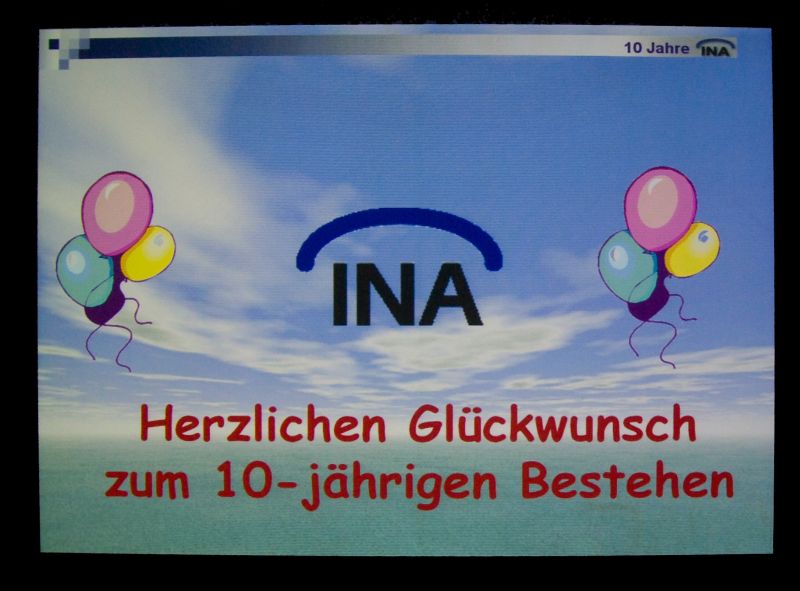
Nanoworkshop at the University of Kassel
On September 24th, 2007 the Nanonetzwerk Hessen arranged a workshop with a focus on nanophotonics and nanoanalytics at the University of Kassel. Concurrently the INA celebrated its 10th anniversary. University President Prof. Dr. Rolf-Dieter Postlep as well as Prof. Dr. Markus-Christian Amann from Walter Schottky Institute in Munich and former INA director delivered their regards. Numerous talks of guest speakers as well as speakers from groups of Kassel University were held in two workshop sessions. A get together in the evening closed the workshop sucessfully.
Prof. Dr. Osamu Mikami for guest at INA
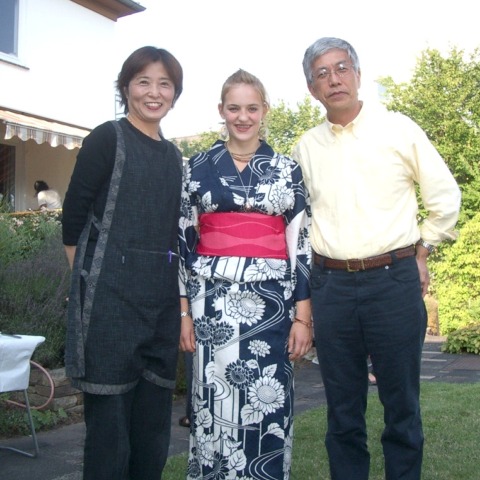
Within the scope of the co-operative agreement between Tokai University and the University of Kassel one of the leading scientists in the area of the optical communication technology of Japan, Mr. Prof. Dr. Osamu Mikami, visited the department of electrical engineering / informatics.
His scientific work in the time from the 02.05.2006 to the 31.08.2006 was done in the cleanroom laboratories and peripheral labs of the Institute of Nanostrukture Technology and Analytics (INA).
In addition, Mr. Prof. Mikami held two lectures on optoelektronics titled "New Architectures for Board-level Optical Wirings" and "Introduction into semiconductor laser doppler velocimeters" at Wilhelmshöher Allee.
For the duration of his stay Mr. Prof. Mikami has taken responsibility for the supervision of the following research projects:
- Sensor for the detection of trace gases and biology marker analysis,
- UV emitting hybrid laser
- Complex coupled organic / anorganic lasers for the green spectral range
Another essential point point in his stay was the initiation of the „International Summer School on Information Technology“, which he initiated and organized in collaboration with Prof. Hillmer, with support by Dr. Dharmarasu and Dr. Bartels, which took place from Aug. 1st, 2006 until Aug. 9th, 2006. Seven Japanese students of the Tokai University as well as eight students of the University of Kassel took part.
It included special lectures and presentations of the participant students as well as practical training, which took place inside the cleanroom facilities of INA.
To provide an impression of the German culture for the Japanese guest students, an all-day sightseeing tour of the architectural and artistically sigificant Kassel sights was organised Mr. Prof. Hillmer.
All participants enjoyed an absolutely special visit to the airfield on the Graner Berg, Wolfhagen with the possibility to take part in a scenic flight, which Mr. Viereck organised.
In sum, the scientific activity by Mr. Prof. Makami during his guest's stay at the University of Kassel can be considered a great success and has certainly intensified the already good contact with Tokai University.


